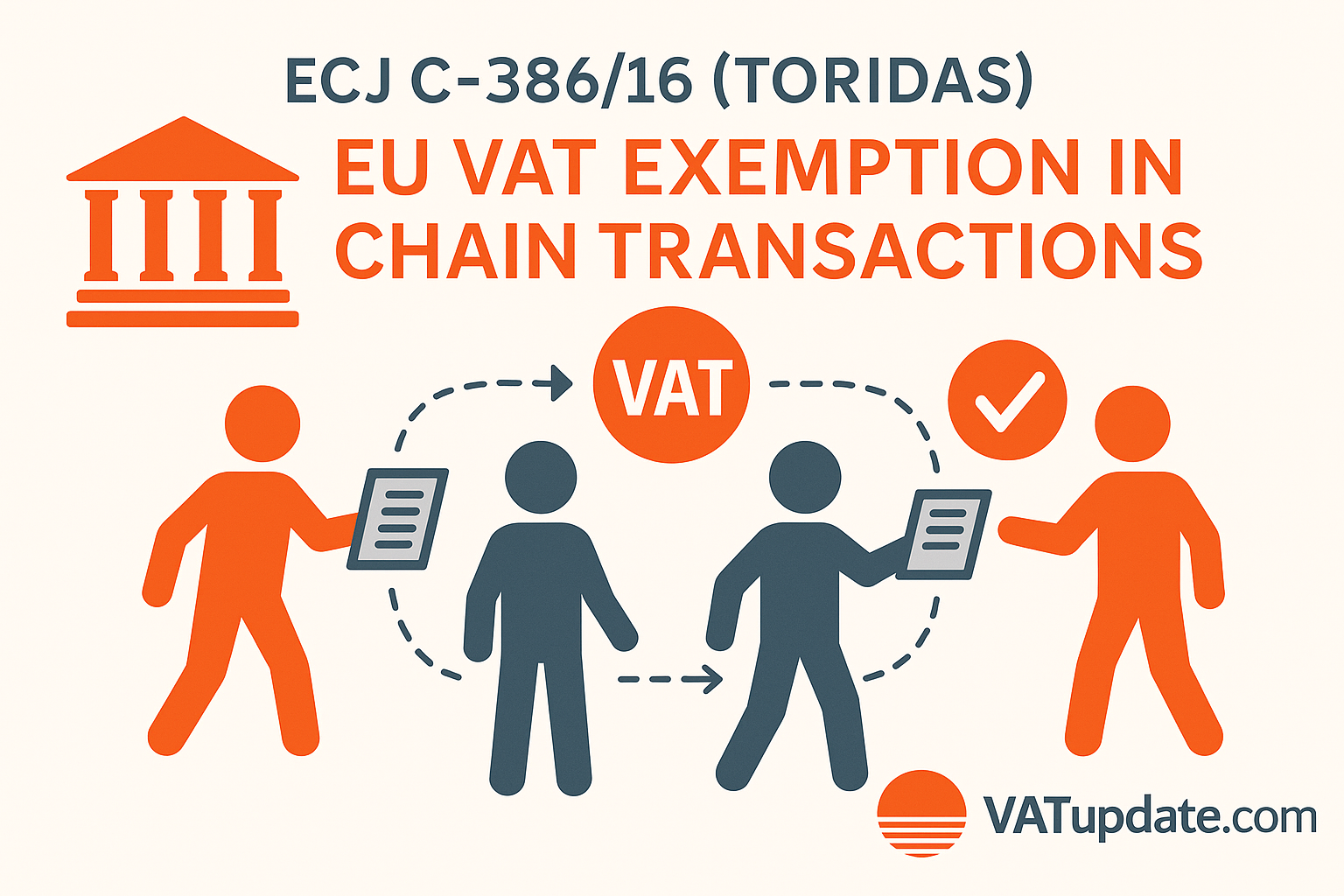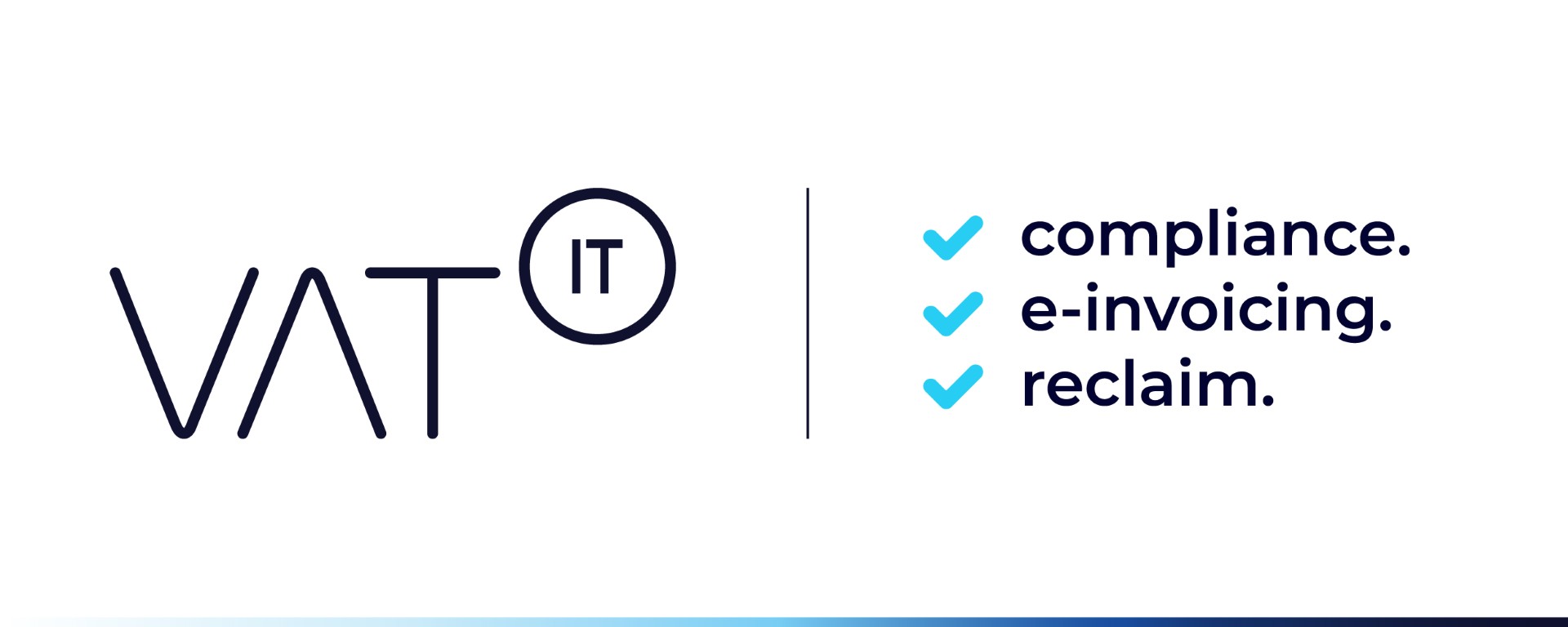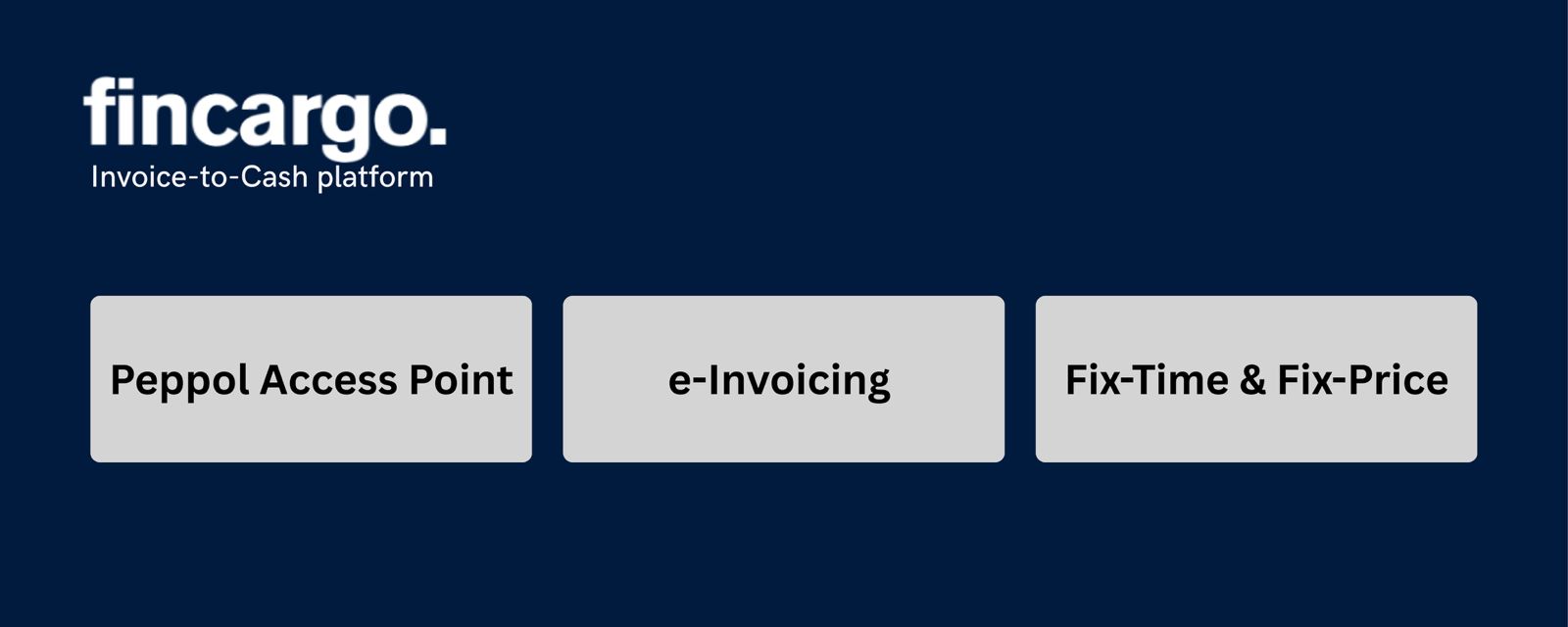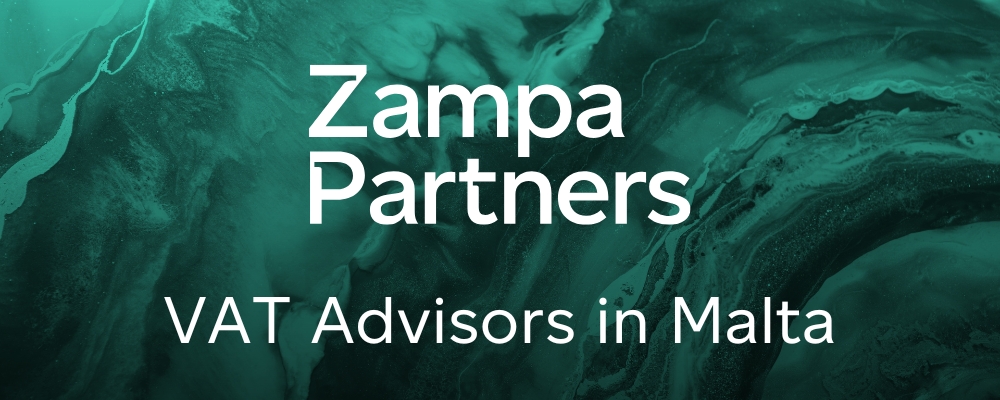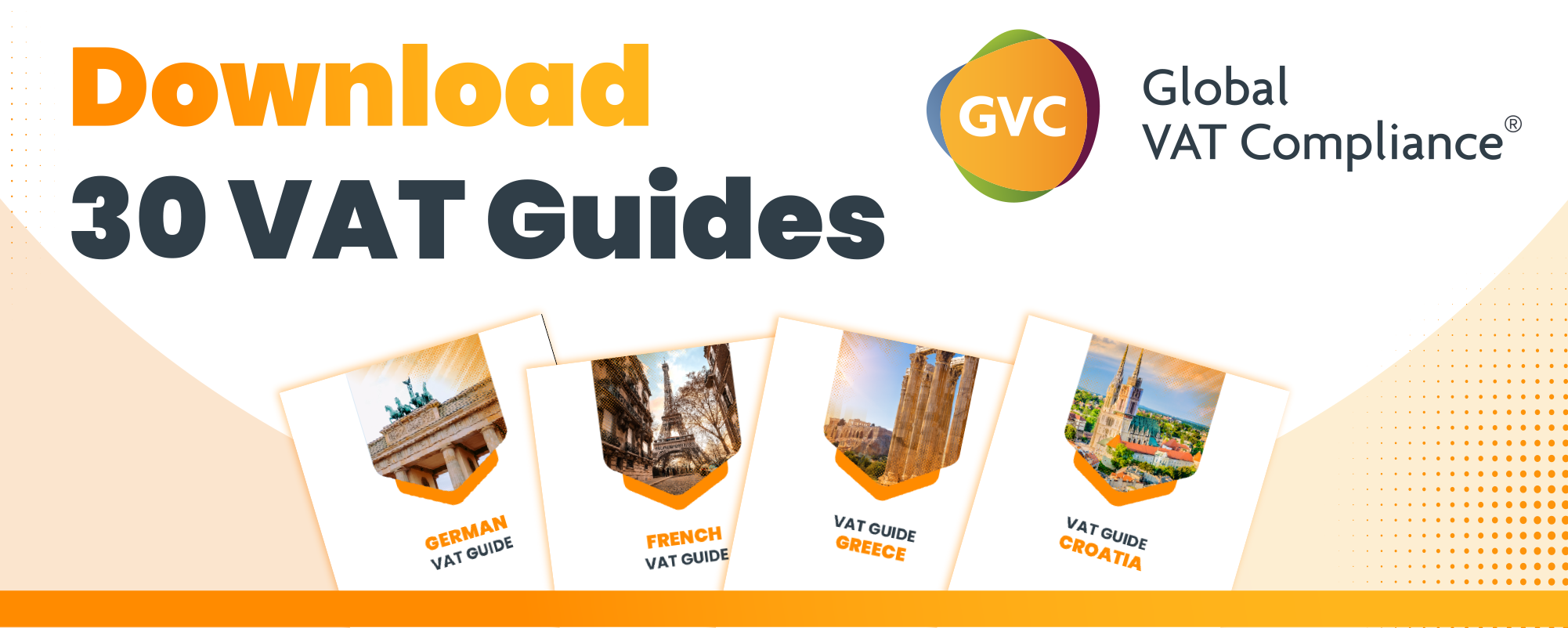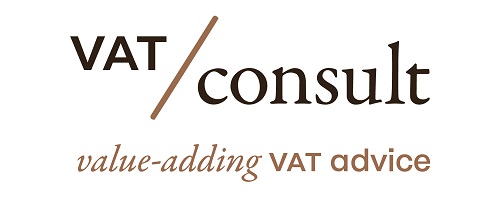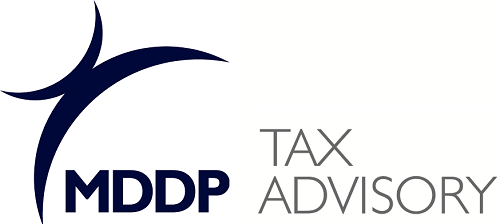See also
- Flashback on ECJ cases C-386/16 (Toridas) – Exemption of intra-Community supply of goods in a chain of supplies only applies to the supply to which that transport can be attributed – VATupdate
- Roadtrip through ECJ Cases – Focus on the Exemption for Intra-Community supplies of goods (Art. 138) – VATupdate
- Join the Linkedin Group on ECJ/CJEU/General Court VAT Cases, click HERE
- VATupdate.com – Your FREE source of information on ECJ VAT Cases
Latest Posts in "European Union"
- Briefing document & Podcast: EU VAT Directive 2006/112/EC Explained: ”VAT Rates” (Art. 93-129a)
- Briefing document & Podcast: EU VAT Directive 2006/112/EC Explained: ”Deductions” (Art. 167-192)
- Briefing document & Podcast: EU VAT Directive 2006/112/EC Explained: ”Exemptions” (Art. 131-166)
- Less Known Facts from the EU VAT Gap Report
- Briefing document & Podcast: EU VAT Directive 2006/112/EC Explained: The concept of ”Taxable persons” (Art. 9-13)


